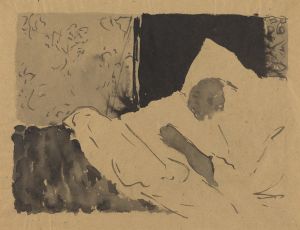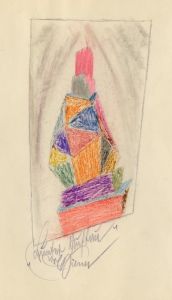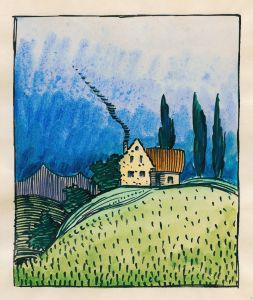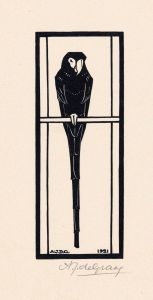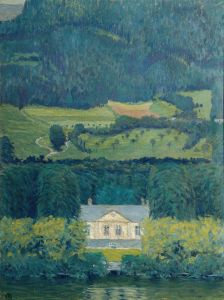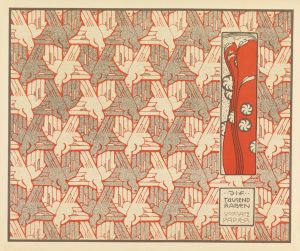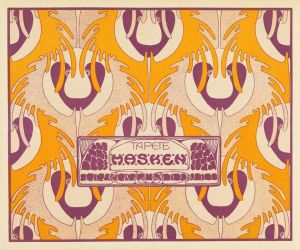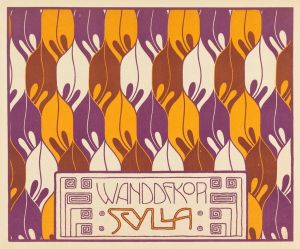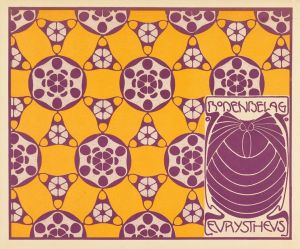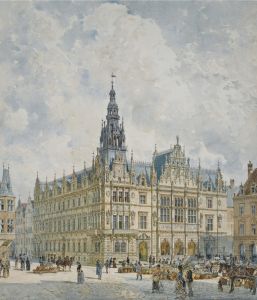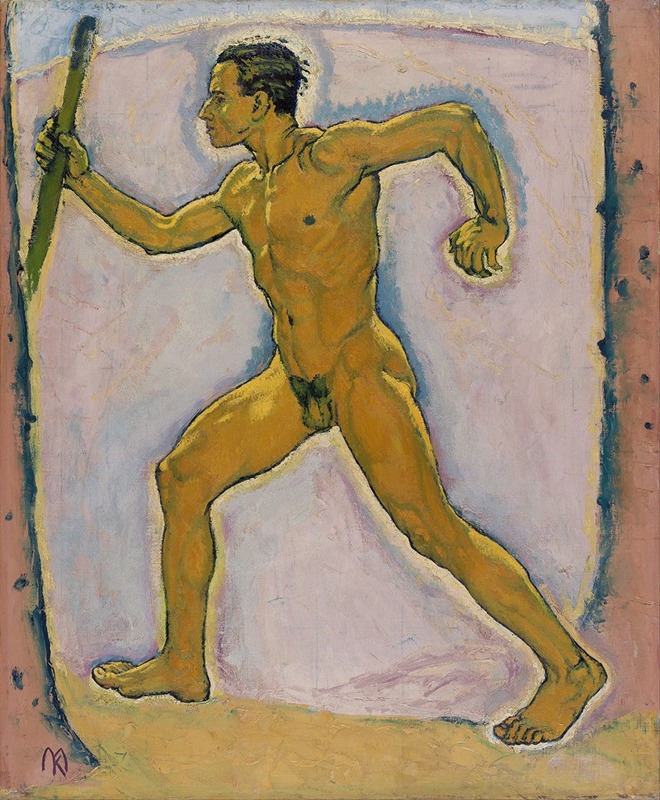
The Wayfarer
A hand-painted replica of Koloman Moser’s masterpiece The Wayfarer, meticulously crafted by professional artists to capture the true essence of the original. Each piece is created with museum-quality canvas and rare mineral pigments, carefully painted by experienced artists with delicate brushstrokes and rich, layered colors to perfectly recreate the texture of the original artwork. Unlike machine-printed reproductions, this hand-painted version brings the painting to life, infused with the artist’s emotions and skill in every stroke. Whether for personal collection or home decoration, it instantly elevates the artistic atmosphere of any space.
Koloman Moser (1868–1918) was an influential Austrian artist and designer, known for his significant contributions to the Vienna Secession movement and the Wiener Werkstätte. One of his notable works is "The Wayfarer" (Der Wanderer), created in 1913. This painting exemplifies Moser's transition from decorative arts to a more personal and expressive style in his later years.
"The Wayfarer" depicts a solitary figure walking along a path through a stylized landscape. The figure, dressed in simple, dark clothing, carries a walking stick and appears to be deep in thought, embodying the archetype of the wanderer or traveler. The landscape around him is rendered in a somewhat abstract manner, with bold, sweeping lines and a limited color palette dominated by earthy tones and muted greens. This stylistic choice reflects Moser's background in graphic design and his interest in creating harmonious compositions.
Moser's work during this period was influenced by his involvement with the Vienna Secession, a group of artists who sought to break away from traditional academic art and explore new forms of expression. The Secessionists were known for their innovative use of color, line, and form, and these elements are evident in "The Wayfarer." The painting's composition and use of stylization also suggest the influence of Japanese woodblock prints, which were highly regarded by many artists of the Secession.
In addition to his painting, Moser was a prolific designer, creating everything from furniture and textiles to stained glass and ceramics. His work with the Wiener Werkstätte, a cooperative of artists and craftsmen founded in 1903, aimed to integrate art into everyday life by producing high-quality, handcrafted objects. This holistic approach to art and design is reflected in "The Wayfarer," which combines elements of fine art and graphic design to create a cohesive and visually striking image.
"The Wayfarer" is also notable for its introspective and contemplative mood, which may reflect Moser's own personal struggles during this time. In the years leading up to the painting's creation, Moser faced financial difficulties and health problems, which may have influenced the somber tone of the work. Despite these challenges, Moser continued to produce innovative and influential art until his death in 1918.
Today, "The Wayfarer" is considered an important example of Moser's mature style and a testament to his versatility as an artist. The painting is held in the collection of the Leopold Museum in Vienna, which houses a significant number of works by Moser and other members of the Vienna Secession. Through his diverse body of work, Koloman Moser left a lasting impact on the world of art and design, and "The Wayfarer" remains a poignant and evocative representation of his artistic vision.





